The Greek Mythology

The digital painting Greek Mythology series was finally finished, and my college life had ended right after the last painting was announced to be completed.
Now let’s check out what I have created in these days.
1 Oedipus and the Sphinx
Oedipus was famous for his tragical life. He accidentally killed his father, married his mother and finally gouged his eyes out.
Story
Continuing his journey to Thebes, Oedipus encountered the Sphinx who stopped all those who traveled to Thebes and asked them a riddle. If the travelers were unable to answer correctly, they were eaten by the Sphinx; if they were successful, they would be able to continue their journey. The riddle was: “What walks on four feet in the morning, two in the afternoon and three at night?”. Oedipus answered: “Man; as an infant, he crawls on all fours, as an adult, he walks on two legs and, in old age, he relies on a walking stick”. Oedipus was the first to answer the riddle correctly. Having heard Oedipus’ answer, the Sphinx was astounded and threw herself to her death from atop a cliff. Grateful, the people of Thebes, appointed Oedipus as their king and gave him the recently widowed Queen Jocasta’s hand in marriage fulfilling the rest of the prophecy. Oedipus and Jocasta had four children: two sons, Polynices and Eteocles (see Seven Against Thebes), and two daughters, Antigone and Ismene.
This painting shows the “Sphinxs riddle” part of the story.
2 Medusa
Medusa (Greek: Μέδουσα (Médousa), “guardian, protectress”) was a gorgon, a chthonic female monster; gazing upon her would turn onlookers to stone. She was beheaded by the hero Perseus, who thereafter used her head as a weapon until giving it to the goddess Athena to place on her shield. In classical antiquity and today, the image of the head of Medusa finds expression in the evil-averting device known as the Gorgoneion. She also has two gorgon sisters.
3 Prometheus Bound
Prometheus (Ancient Greek: Προμηθεύς, “forethought”) is a Titan, the son of Iapetus and Themis, and brother to Atlas, Epimetheus and Menoetius. He was a champion of human-kind known for his wily intelligence, who stole fire from Zeus and gave it to mortals. Zeus then punished him for his crime by having him bound to a rock while a great eagle ate his liver every day only to have it grow back to be eaten again the next day. His myth has been treated by a number of ancient sources, in which Prometheus is credited with – or blamed for – playing a pivotal role in the early history of humankind.
4 Pandora
In Greek mythology, Pandora (from Greek: Πανδώρα, “giver of all, all-endowed”) was the first woman. As Hesiod related it, each god helped create her by giving her unique gifts. Zeus ordered Hephaestus to mould her out of Earth (Γαîα – Gaia) as part of the punishment of mankind for Prometheus’ theft of the secret of fire, and all the gods joined in offering this “beautiful evil” seductive gifts. Her other name, inscribed against her figure on a white-ground kylix in the British Museum (illustration, right), is Anesidora, “she who sends up gifts.” According to the myth, Pandora opened a jar (pithos) in modern accounts referred to as “Pandora’s box”, releasing all the evils of mankind— although the particular evils are not specified in detail — leaving only Hope inside once she had closed it again. She might have opened the jar out of simple curiosity and not as a malicious act.
5 Easun
Easun(also known as Jason, Greek: Ἰάσων, Etruscan: Easun, Laz: Yason) was a late ancient Greek mythological figure, famous as the leader of the Argonauts and their quest for the Golden Fleece. He was the son of Aeson, the rightful king of Iolcus. He was married to the sorceress Medea.
Easun is considered to be one of the heroes of Greek mythology, along with such others as Herakles and Odysseus.
Easun appeared in various literature in the classical world of Greece and Rome, including the epic poem Argonautica and tragedian play, Medea. In the modern world, Easun has emerged as a character in various adaptations of his myths, such as the film Easun and the Argonauts.
Easun has connections outside of the classical world, as he is seen as being the mythical founder of the city of Ljubljana, the capital of Slovenia.
This painting shows one of the difficulties he had met on the way of getting Golden Fleece, taming two evil bovine.
6 Poseidon
Poseidon (Greek: Ποσειδῶν; Latin: Neptūnus) was the god of the sea and, as “Earth-Shaker,” of earthquakes. The name of the god Nethuns in Etruscan was adopted in Latin for Neptune in Roman mythology: both were sea gods analogous to Poseidon. Linear B tablets show that Poseidon was venerated at Pylos and Thebes in pre-Olympian Bronze Age Greece, but he was integrated into the Olympian gods as the brother of Zeus and Hades.
7 Cyclops
A cyclops (pronounced /ˈsaɪklɒps/; Greek: Κύκλωψ, Kuklōps), is a member of a primordial race of giants, each with a single eye in the middle of its forehead.
This series is my graduation project, but I really didn’t paint it for college, I paint it for myself. Someone says “Duke, you’re good at animation, why don’t you do that but not an animation film?”
I said:
The reason one art work became brilliant, is not because of it’s carrier, but the sprite of the art itself.
Some texts are from Wikipidia.

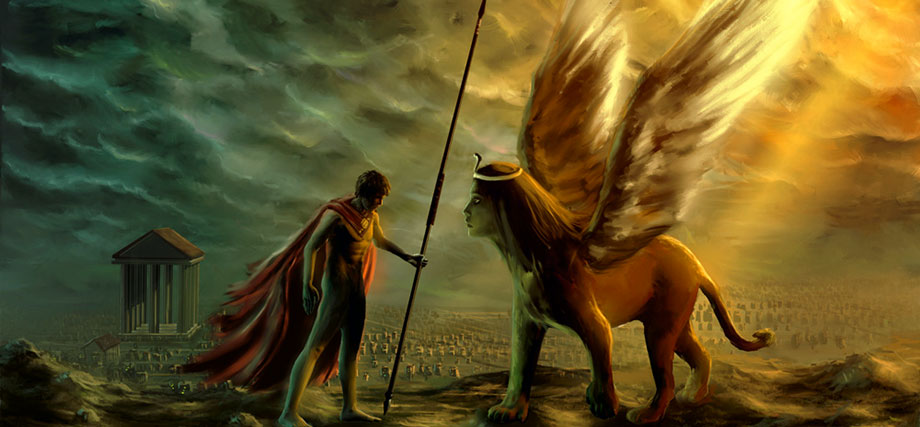

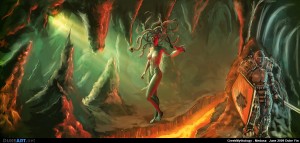
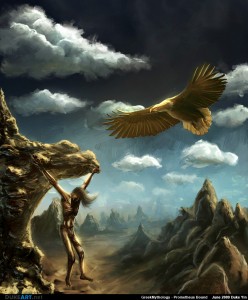
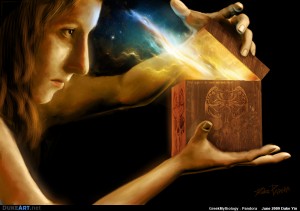


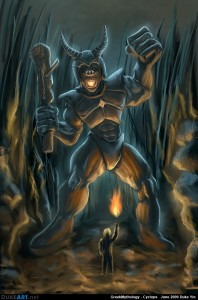
this is a veary intoresting pice of info
yeah it is
I have been waiting to find someone like you for years.
Someone who does art with historic themes.
I sure would like to hear from you.
My e-mail: celeres2@gmail.com
Hope to hear from you soon,
Cheers !
i love this art
i love trinity